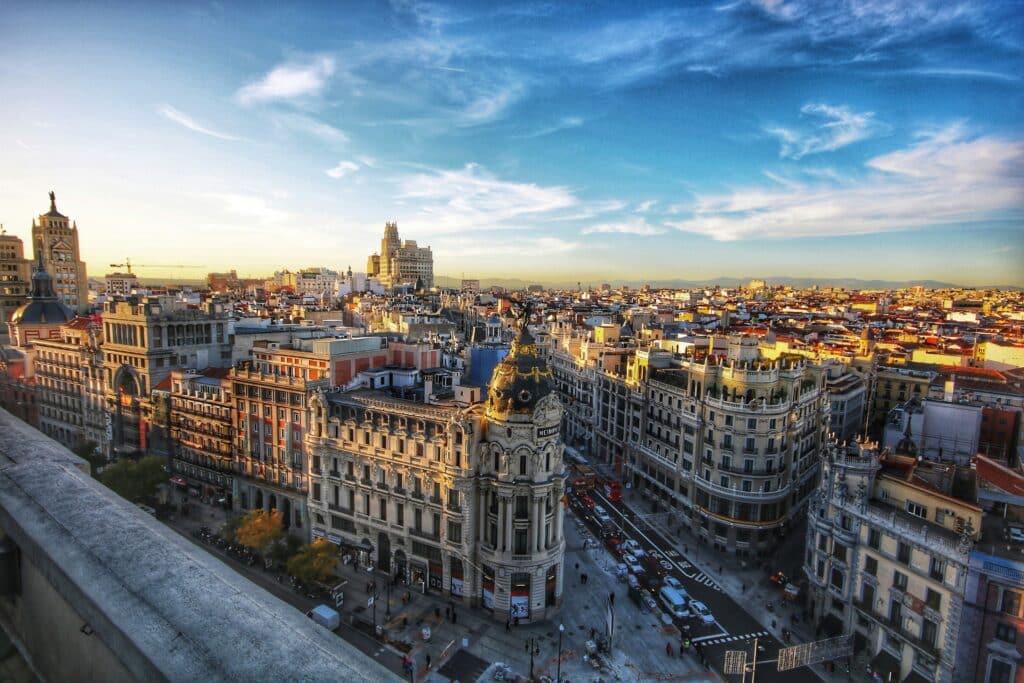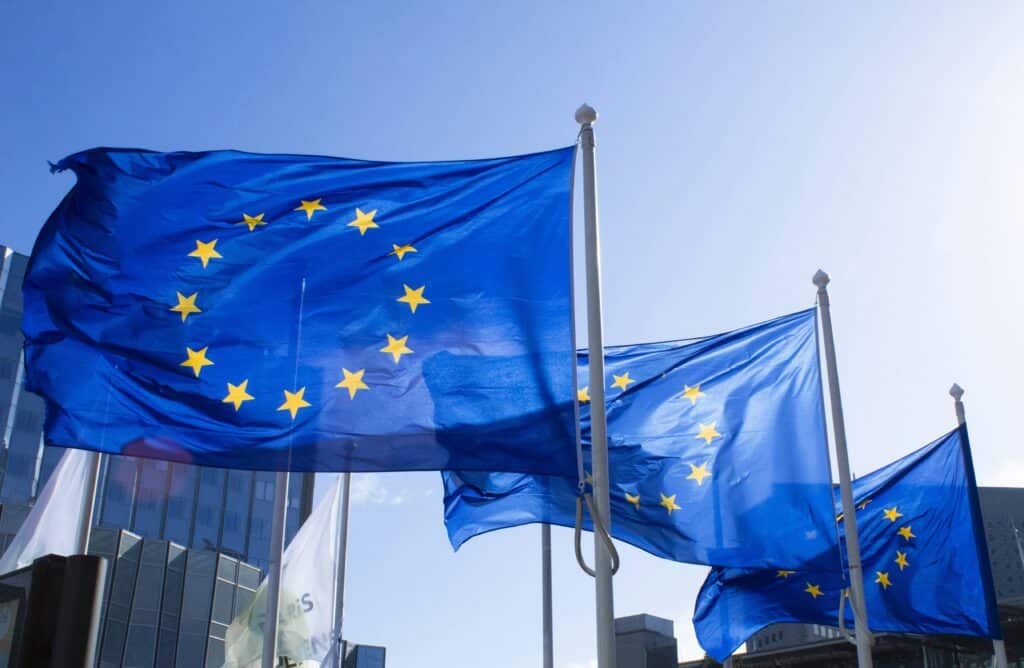Buildings need to get to the centre of the net-zero stage, and we are all actors in this play
Highlights from the online debate: The renovation wave – making a step change on the EU’s energy objectives
A debate on the Renovation Wave and its relation to the Recovery Plan
Buildings are responsible for about 40% of the EU’s total energy consumption, and for 36% of its greenhouse gas emissions from energy. Renovation of the existing building stock has been recognised a priority by the many Member States, but progress has been slow. Only 1% of the building stock in the EU is undergoing renovation related to energy every year. At this pace, we would need centuries to cut carbon emissions from the building sector to net-zero.
The European Commission has decided to act and has recently published its Renovation Wave Strategy under the Green Deal.
In this FSR debate, FSR Professors Andris Piebalgs and Christopher Jones invited Stefan Moser (European Commission, DG ENER, Head of Unit) and Gaspard Demur (European Commission, DG ENER, Team Leader national renovation strategies and recovery) to give some impressions of the Renovation Wave and its relation to the Recovery Plan for Europe.
Main takeaways
Four takeaways from the debate are summarised below:
Energy efficiency, although often underestimated, is crucial to reach our climate objectives
As described in the Renovation Wave Strategy, only 1% of buildings in the EU undergo energy efficient renovation every year, roughly 75% of the European building stock is energy inefficient, and almost 85-95% of today’s buildings will still be in use in 2050. Given that the building sector is one of the largest energy consumers in Europe (as described above), it is time we give maximum attention to buildings or else we will simply not reach our climate goals. The European Commission therefore aims to at least
- double renovation rates in the next ten years, and
- make sure renovations lead to higher energy and resource efficiency.
The renovation wave is part of the Green Deal and a major initiative to change the quality, quantity, and depth of renovations in Europe. But not only that, the strategy adopts a holistic concept, focusing also on social aspects such as affordability, safety, and accessibility as well as improving the quality of building services for both public and residential buildings. Key aspects of the renovation wave are:
- Decarbonisation of heating and cooling
- Tackling poverty & worst-performing buildings
- Renovation of public buildings and social infrastructures, such as schools, hospitals, and administrative buildings
- A set of policy measures, funding tools, and technical assistance instruments
Energy efficiency is as close to the citizen as it gets. It is a question of cost and household budget, but it is also a question of life quality, and it is essential in the fight against climate change. And yet, buildings have so far not received the maximum attention that they deserve. This urgently needs to change.
Get ready for the New European Bauhaus: it will complement functionality with aesthetics
Buildings are in the centre of our lives – not only but especially since the Covid-19 pandemic. We have refocused our minds on the quality of buildings and this does not only include functional aspects. The Renovation Wave is therefore complemented by the New European Bauhaus. As President von der Leyen put it, “the New Bauhaus is about bringing the European Green Deal closer to people’s minds and homes. And making tangible the comfort and attractiveness of sustainable living.”
It is an interdisciplinary project with the aim to match style with sustainability and retain and/or bring back aesthetics, beauty, and cultural identity into our building stock. It will run in two waves, consisting of a brainstorming phase and a phase to upscale, disseminate and share good practices throughout the Union and beyond.
Member States take the renovation of their building stock seriously and consider it to be a way out of the Covid-19 crisis
Member States are an important ally for the European Commission in implementing the Renovation Wave. Two tools exist to get Member States on board. First the national long-term renovation strategies (LTRS) and second, the recovery fund.
First, the LTRS have been developed in the context of the Energy Performance of Buildings Directive. Member States were requested to take stock of the composition of their building stocks today and develop an idea of what it should look like in the future. Based on LTRS, the European Commission is currently developing a Staff Working Document that consist of three parts: (i) an overall analysis, (ii) best practices and (iii) country fiches. Details are yet to be published but a preliminary assessment of the LTRS by the European Commission shows overall broad support by Member States of measures that support building renovation.
Second, a preliminary analysis by the European Commission of the (confidential) draft national recovery and resilience plans (RRF) shows that Member States are taking energy efficiency and renovation very seriously and see it as a way to create new jobs and get out of the Covid-19 crisis. A priority for the Commission regarding the energy efficiency and renovation dimension of the RRFs is to make sure that the measures and investments proposed by Member States correspond to the priorities in the Renovation Wave, both in terms of scale and depth. The investment envelope should be large enough to reach the objectives, but the depth of the renovation also needs to be looked at to avoid light renovations only that are not fit for purpose.
Who can help to drive the renovation wave? We all can!
When it comes to energy efficiency and renovation of buildings, every European is directly or indirectly involved. Typically, there is no single responsible party that the European Commission can “easily” activate and work with. Instead, a broad ally base is needed across the entire spectrum of society.
Key partners typically operate at the local level and include cities and regions, mayors, citizen initiatives, and energy communities. Others such as NGOs, consumer organisations, think thanks and the industry will also be important. One essential element to disseminate relevant information to the citizens and drive engagement will be one-stop-shops, which can also provide ad hoc advice whenever needed. It is clear, however, that the driving force to implement the Renovation Wave and ultimately reach our climate ambition needs to come from the local level and the citizens themselves.







